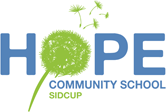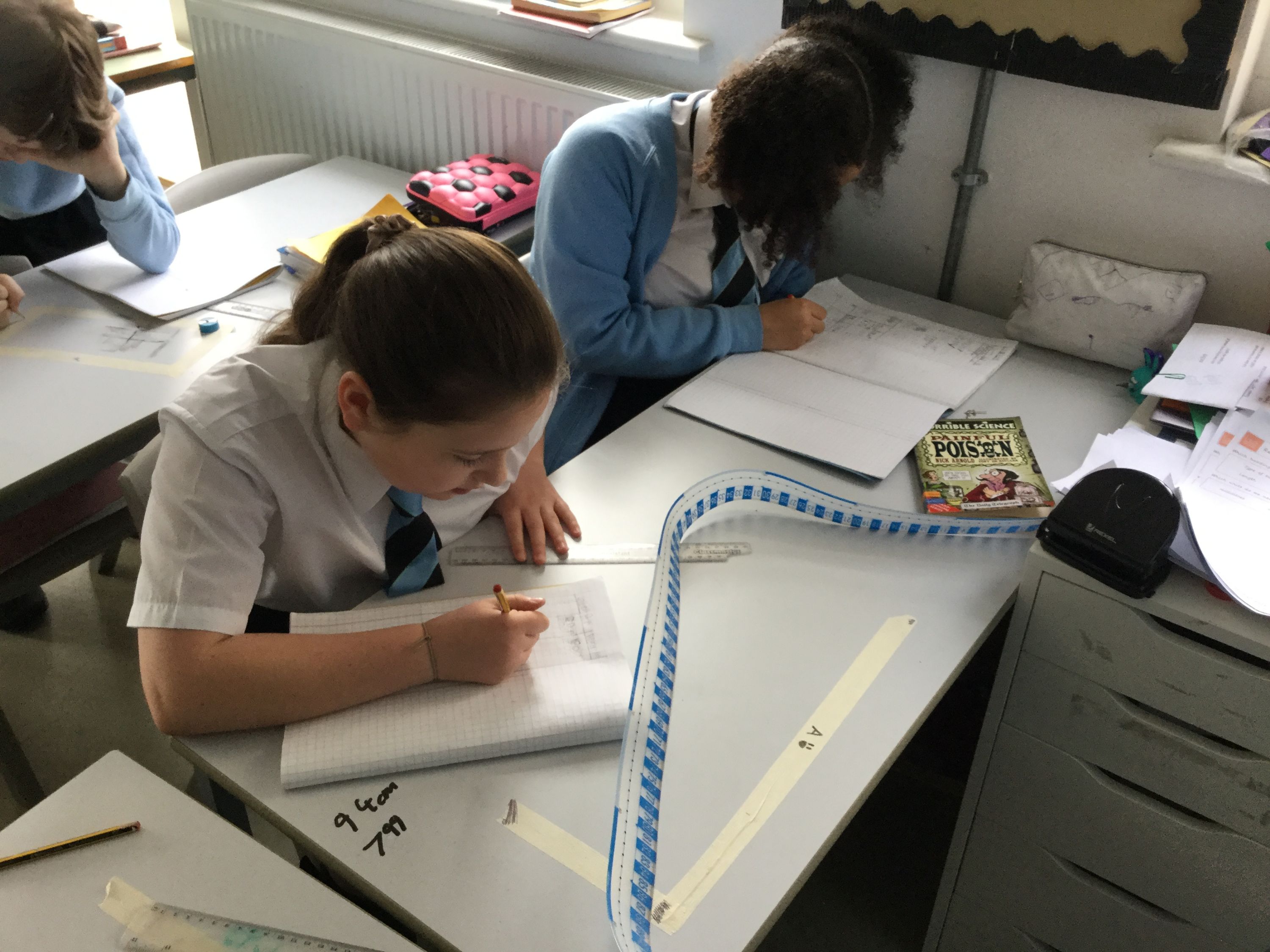Maths
Purpose of study
Mathematics is a creative and highly interconnected discipline that has been developed over centuries, providing the solution to some of history’s most intriguing problems. It is essential to everyday life, critical to science, technology and engineering, and necessary for financial literacy and most forms of employment. A high-quality mathematics education therefore provides a foundation for understanding the world, the ability to reason mathematically, an appreciation of the beauty and power of mathematics, and a sense of enjoyment and curiosity about the subject.
Aims
The national curriculum for mathematics aims to ensure that all pupils:
- become fluent in the fundamentals of mathematics, including through varied and frequent practice with increasingly complex problems over time, so that pupils develop conceptual understanding and the ability to recall and apply knowledge rapidly and accurately
- reason mathematically by following a line of enquiry, conjecturing relationships and generalisations, and developing an argument, justification or proof using mathematical language
- can solve problems by applying their mathematics to a variety of routine and non-routine problems with increasing sophistication, including breaking down problems into a series of simpler steps and persevering in seeking solutions.
Hope Community School Mathematics
Hope Community School is committed to the lively and engaging delivery of mathematics across the age ranges and curriculum. For children to access the majority of their learning in mathematics, a strong and confident grasp of the four number operations and fractions; of formal and informal written methods and of mental strategies is important.
Hope Community School follows The White Rose Maths Scheme and this is supplemented with quality resources from other websites such as:
iseemaths.com, NCTEM and Mathletics.
In lessons there is a lot of "Talk for Maths" opportunities which focus on verbal reasoning skills. This gives pupils the opportunities to articulate their reasoning through talk partner work. They are then further challenged to “explain to the class” or “teach your partner”. At Hope Community School, we believe that every pupil should be taught mathematical language as soon as they start learning with us. If a child does not know how to read or understand mathematical vocabulary, they will find it very difficult to approach any written questions for mathematics such as problem-solving and reasoning.
In the Upper Key Stage 2, pupils are given reasoning questions to solve through carefully worded clues such as- explain how do you know, or why is this not an effective method.
In addition, Hope Community School uses PiXL which stands for Partners in Excellence. This is enables staff to accurately assess every pupil and help close the gaps in learning through a mixture of therapies, interventions and tests. In addition, it provides extension work for our greater depth pupils.
During lessons there will be four steps that are always followed:
1 fluency 2 problem solving 3 reasoning 4 apply concepts
The children will have a range of support through modelled examples, concrete resources and adult support throughout the lesson where and if necessary.
As part of our education and experience at Hope Community School, we employ the CPA (Concrete, Pictorial and Abstract) approach to our maths teaching. This is taught throughout all of our classes and year groups when children are encouraged to use resources to support their learning.

Times Table Rockstars

Here at Hope we use Times Tables Rock Stars to teach and reinforce times tables. This is a carefully sequenced programme of daily times tables practice.
Each week concentrates on a different times table, with a recommended consolidation week for rehearsing the tables that have recently been practised every third week or so.
These are taught in sequence across the year groups:
- Year 1 – multiplication facts of 2, 5, 10
- Year 2 – multiplication and division facts of 2, 5, 10, 3, 4
- Year 3 – multiplication and division facts of 2, 5, 10, 3, 4, 6, 8
- Year 4 –multiplication and division facts of all tables to 12
- Year 5 – multiplication and division facts of all tables to 12 plus prime numbers to 20
- Year 6 – prime numbers to 100, squares to 12 squared, square roots to 144

